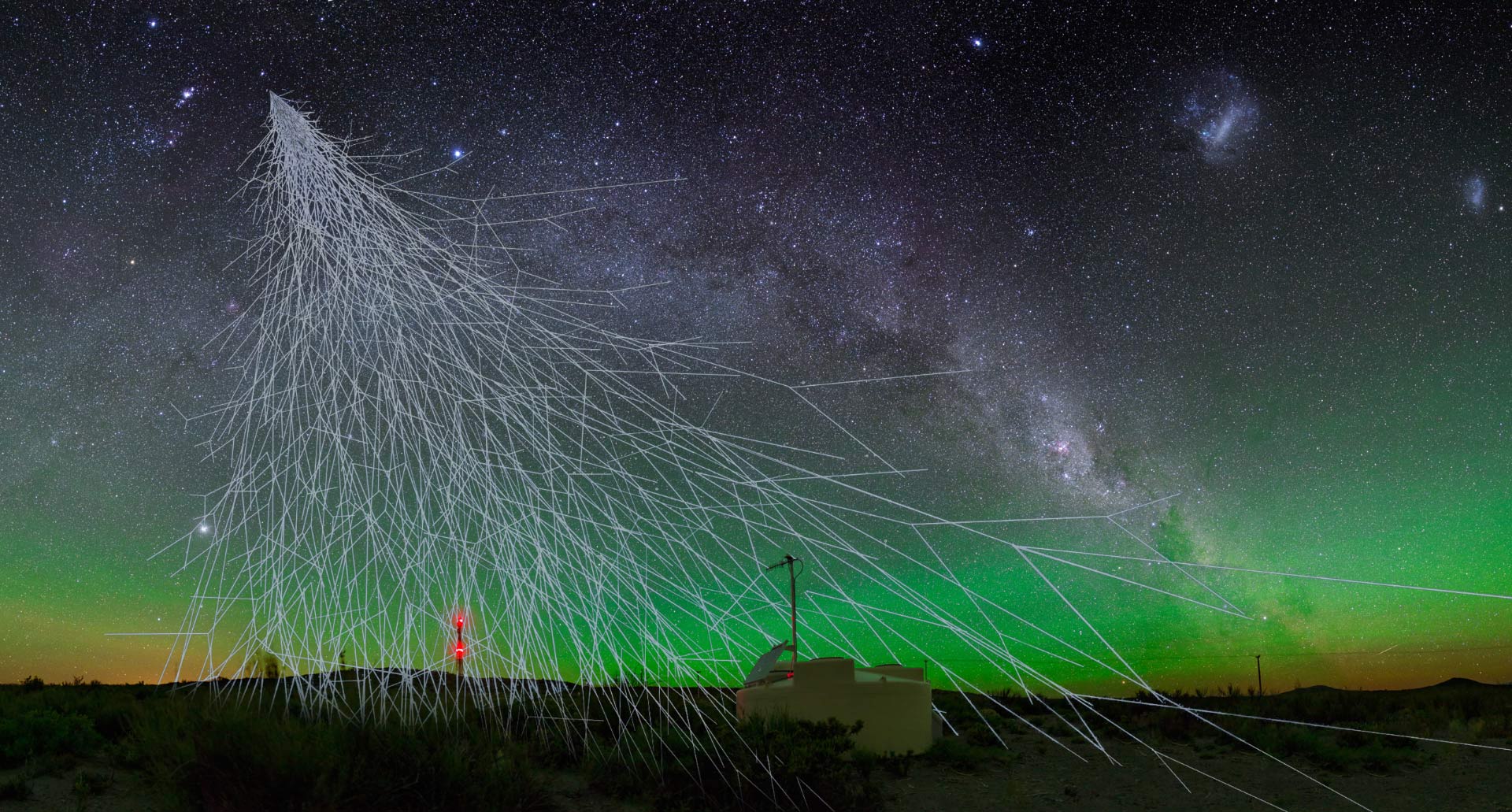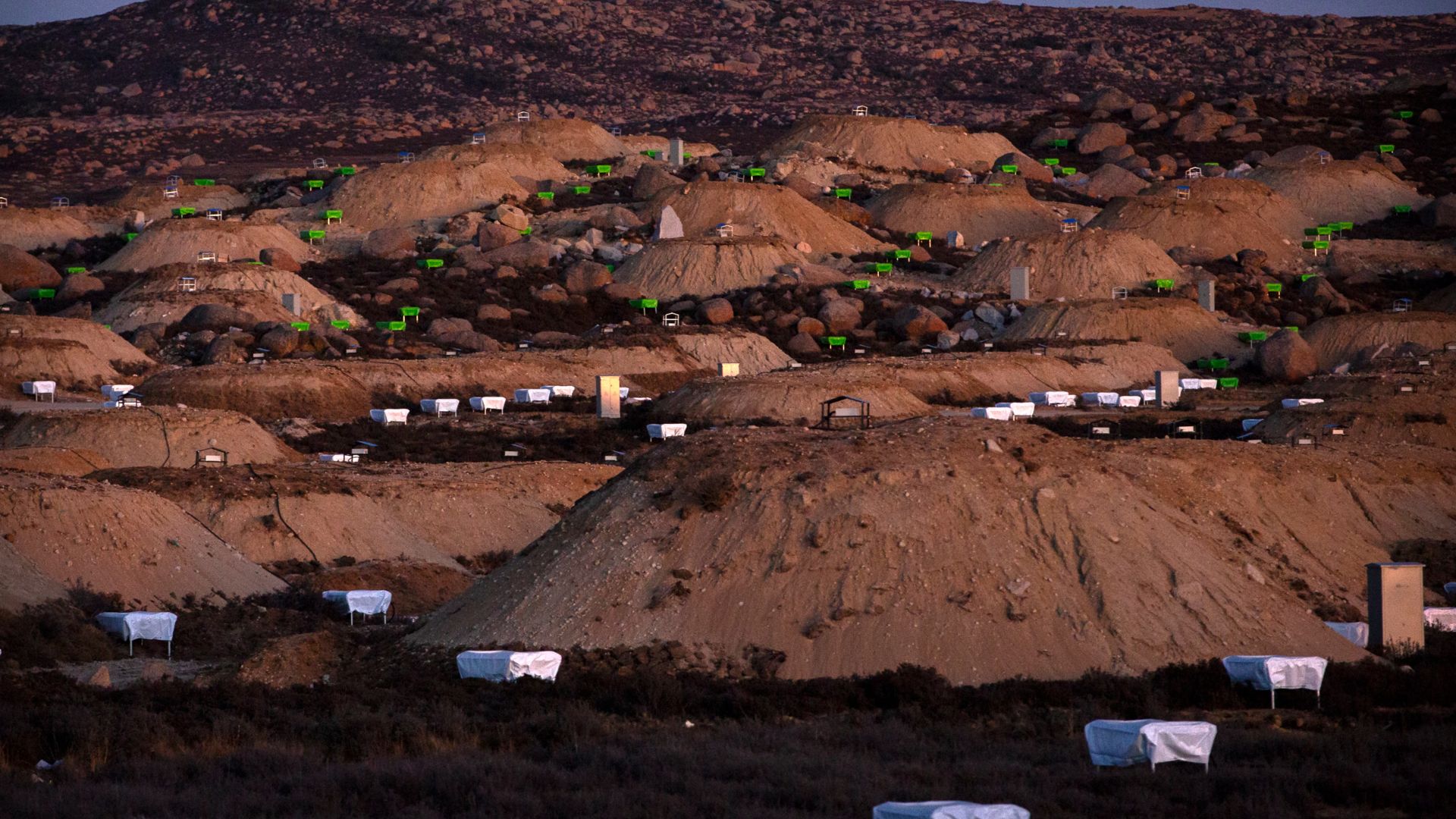Unveiling The Cosmos - Detecting Ultra High-Energy Cosmic Rays
In the vast expanse of the cosmos, mysteries abound, and scientists are continually seeking innovative ways to unravel the secrets hidden in the celestial tapestry. One such groundbreaking initiative involves the utilization of smartphones as cosmic ray detectors, opening up new possibilities for citizen science and cosmic exploration.
Jun 18, 2021519 Shares11278 Views
In the vast expanse of the cosmos, mysteries abound, and scientists are continually seeking innovative ways to unravel the secrets hidden in the celestial tapestry. One such groundbreaking initiative involves the utilization of smartphones as cosmic ray detectors, opening up new possibilities for citizen science and cosmic exploration.
The Enigma Of Ultra High-Energy Cosmic Rays
Ultra High-Energy Cosmic Rays (UHECRs) are high-speed particles originating from deep space, carrying energies that far surpass those achievable in man-made particle accelerators. Despite their significance, detecting these elusive particles has proven to be a challenging task. Traditional cosmic ray detectors are large, expensive, and limited in deployment. However, a novel approach is changing the game.
The Power Of Everyday Technology
Smartphones, ubiquitous in our daily lives, have become powerful tools for more than just communication and entertainment. Their internal components, such as cameras and sensors, can be repurposed to detect cosmic rays. The CRAYFIS (Cosmic Rays Found in Smartphones) project is at the forefront of this technological revolution, transforming millions of smartphones into a distributed cosmic ray observatory.

How It Works - Turning Smartphones Into Cosmic Ray Detectors
The concept is ingenious yet simple. Smartphones equipped with CRAYFIS software utilize their built-in cameras to detect the Cherenkov radiation produced when high-energy cosmic rays interact with Earth's atmosphere. This data is then sent to a centralized server, creating a vast network of cosmic ray detectors around the globe. The collective power of these devices enables scientists to study UHECRs on an unprecedented scale.
Citizen Scientists Unite
One of the most exciting aspects of the CRAYFIS project is its democratization of science. Anyone with a compatible smartphone can contribute to cosmic research, transcending traditional boundaries between scientists and the general public. This citizen science approach fosters a sense of shared exploration, as individuals worldwide actively participate in expanding our understanding of the universe.
Overcoming Challenges And Enhancing Accuracy
While the CRAYFIS project has demonstrated immense potential, challenges such as data accuracy and signal noise must be addressed. Scientists are continuously refining algorithms and collaborating with the global community to improve the precision of cosmic ray detection using smartphones. The ongoing evolution of this technology holds promise for even more sophisticated cosmic discoveries.
Unveiling Cosmic Mysteries
As the CRAYFIS project and similar initiatives gain momentum, the potential for groundbreaking discoveries in the realm of ultra high-energy cosmic rays becomes increasingly tangible. Insights into the origins and behavior of these particles could reshape our understanding of fundamental cosmic processes, shedding light on the most enigmatic corners of the universe.
Conclusion
The marriage of smartphone technology and cosmic exploration through projects like CRAYFIS marks a significant leap forward in our quest to understand the cosmos. With every individual carrying a potential cosmic ray detector in their pocket, the boundaries of scientific discovery expand, inviting everyone to be a part of the cosmic journey. As we unlock the secrets of ultra high-energy cosmic rays, we inch closer to a more profound comprehension of the universe and our place within it.
Latest Articles
Popular Articles